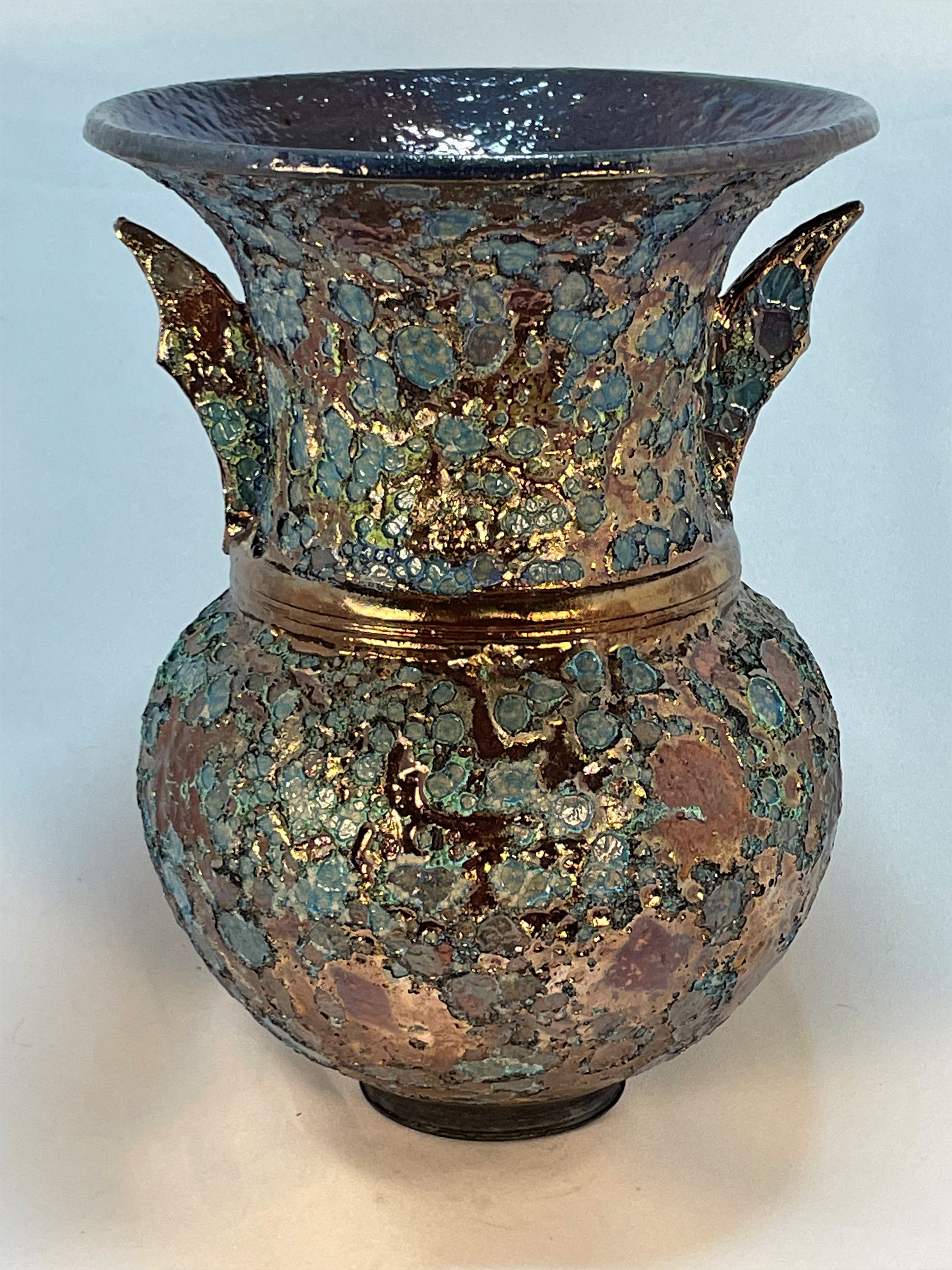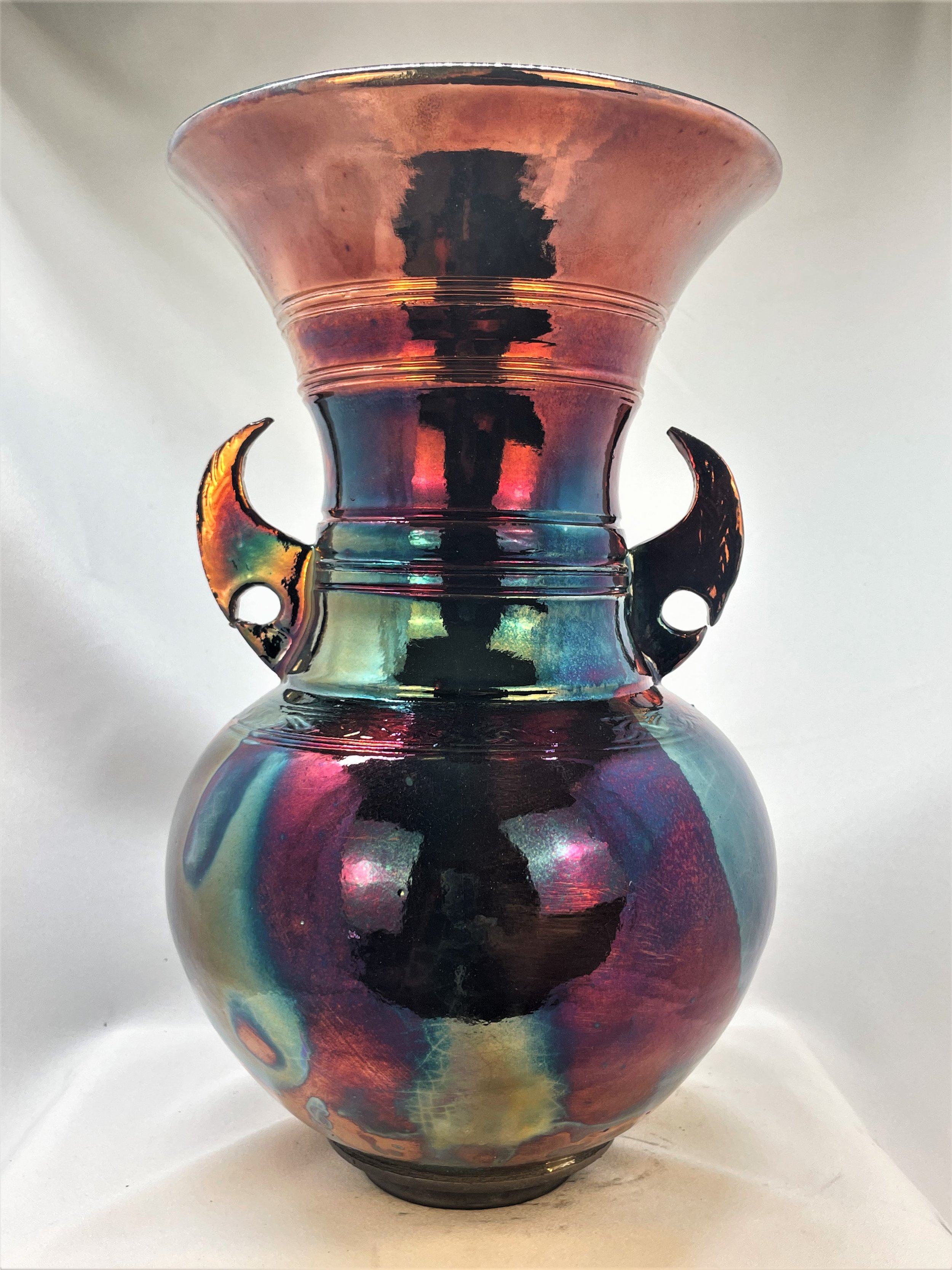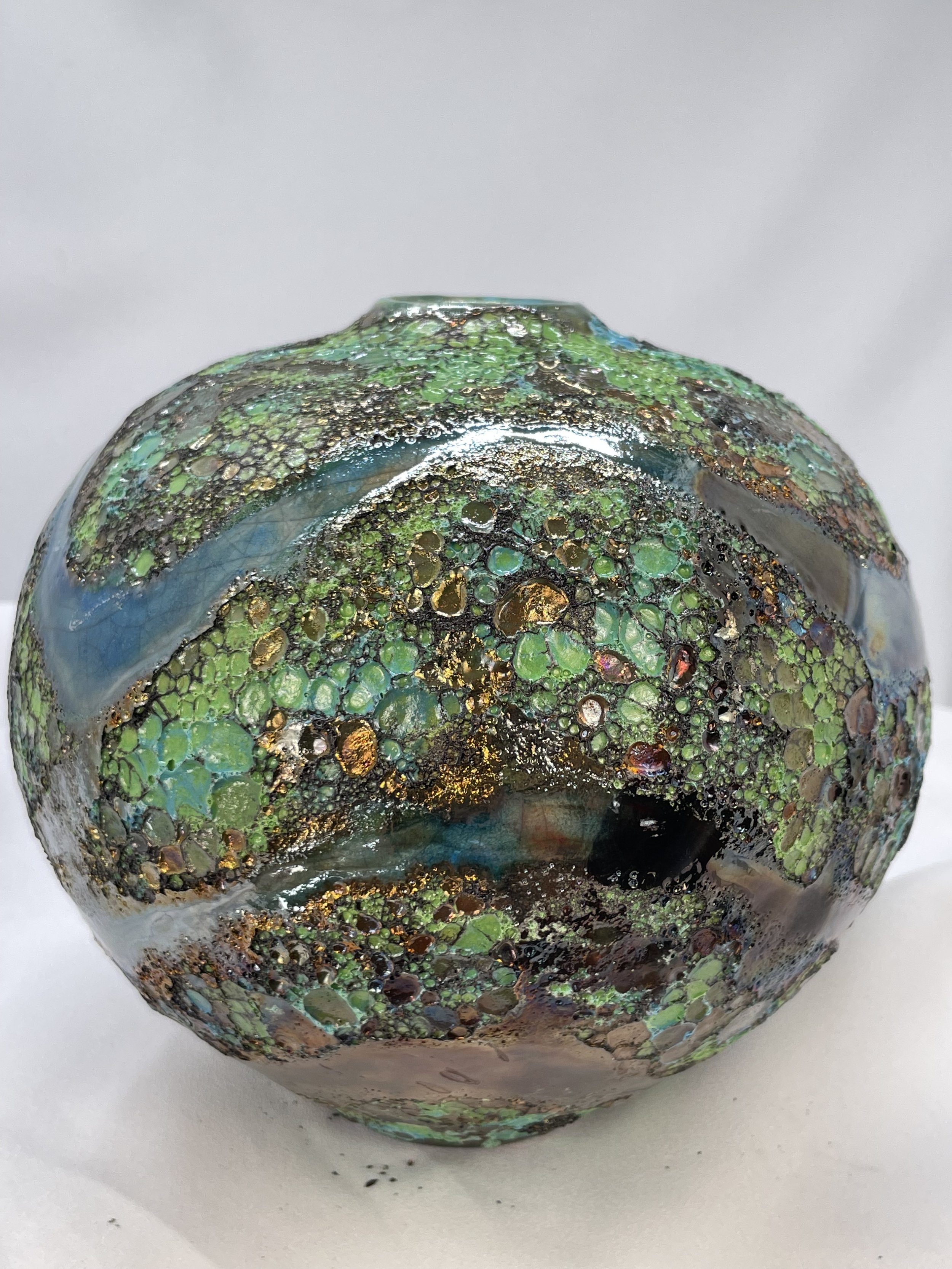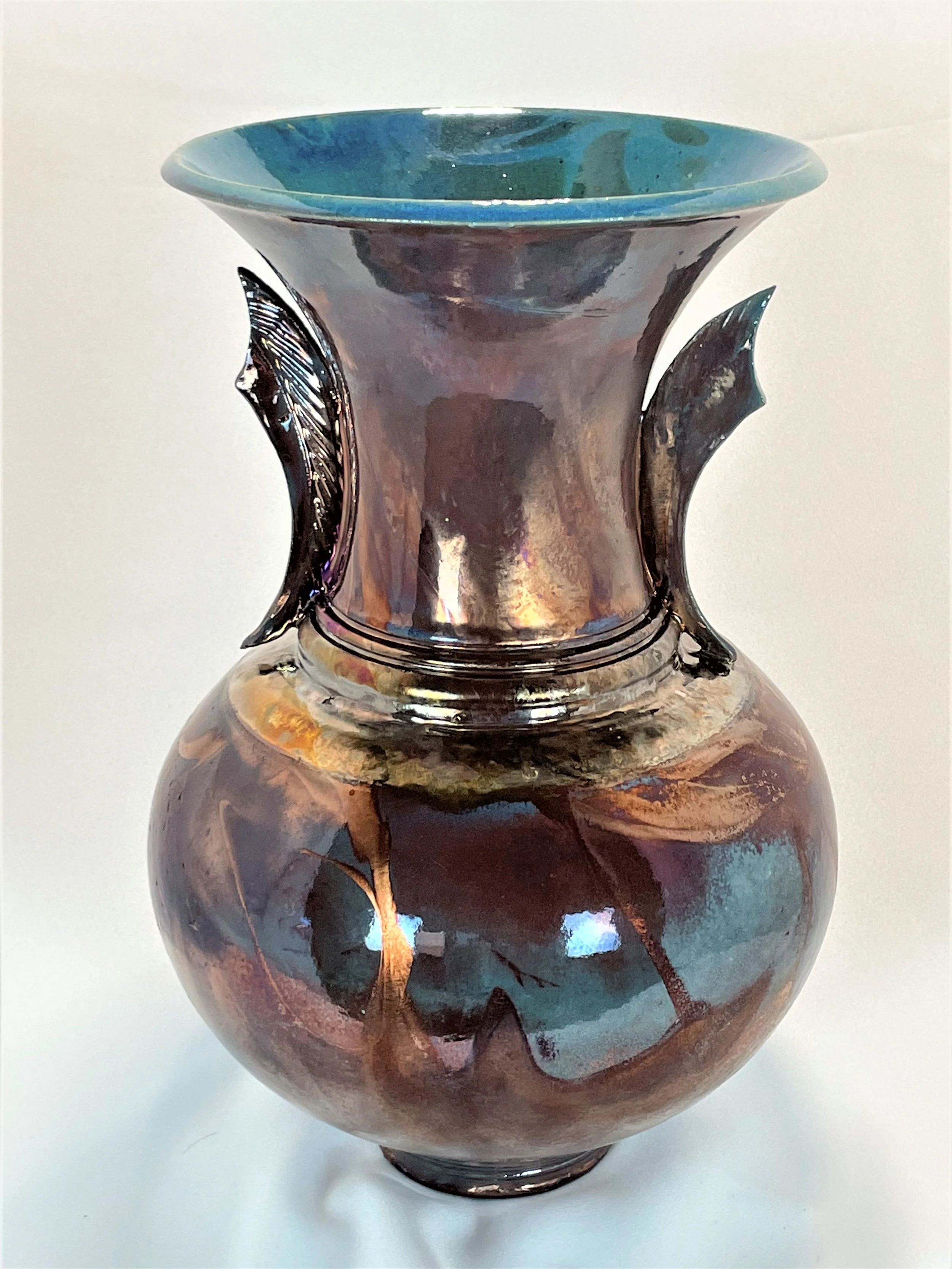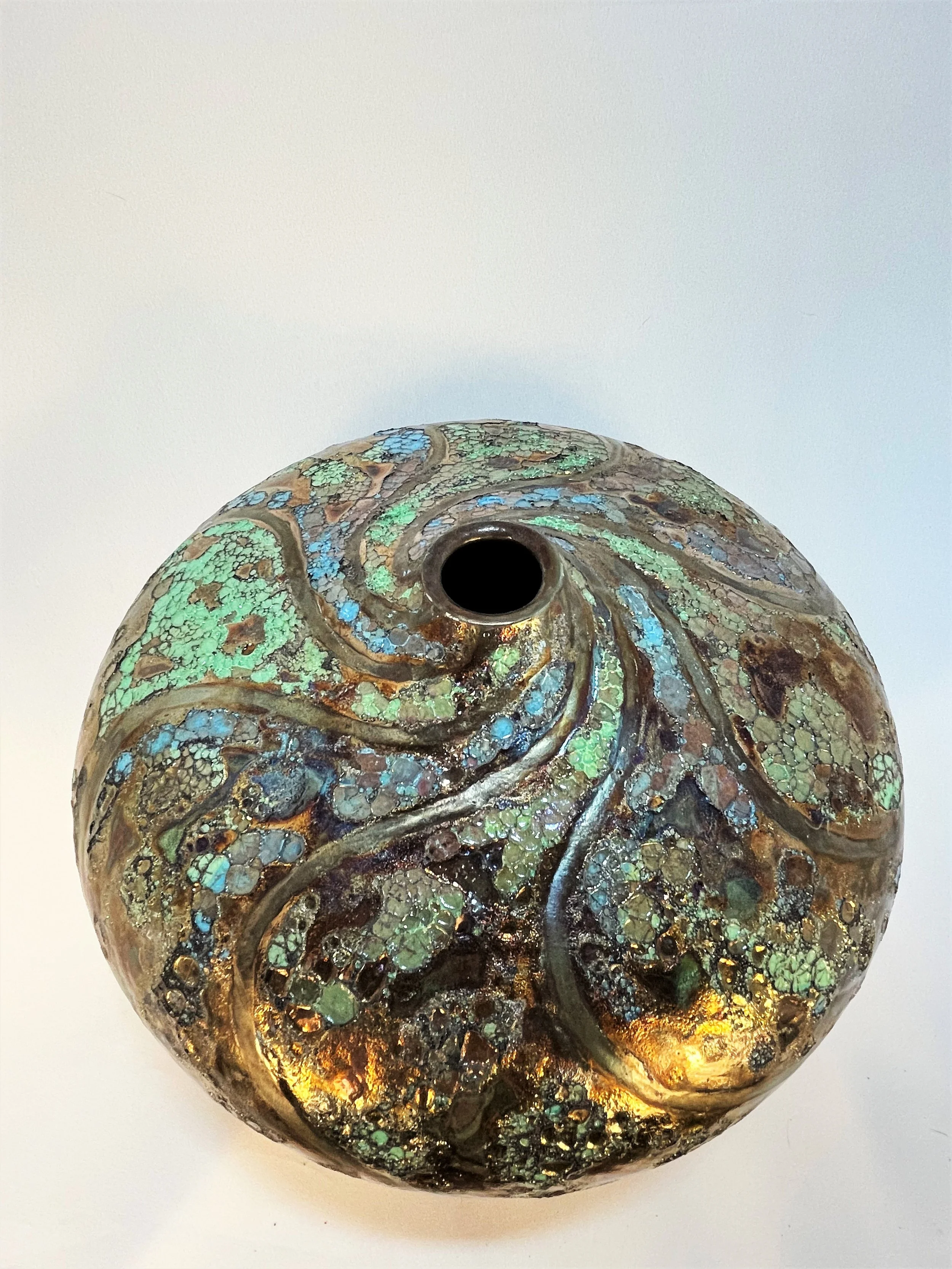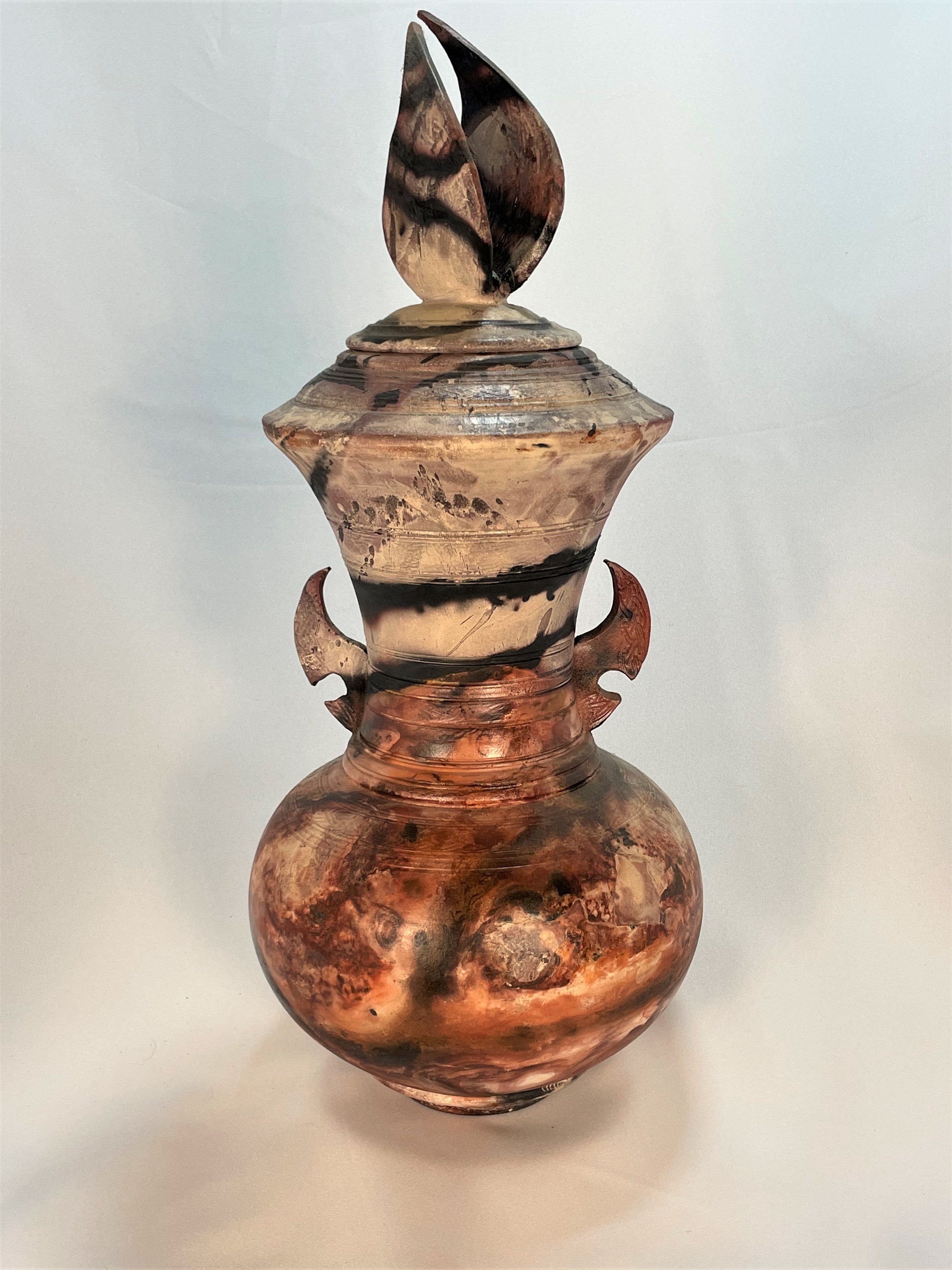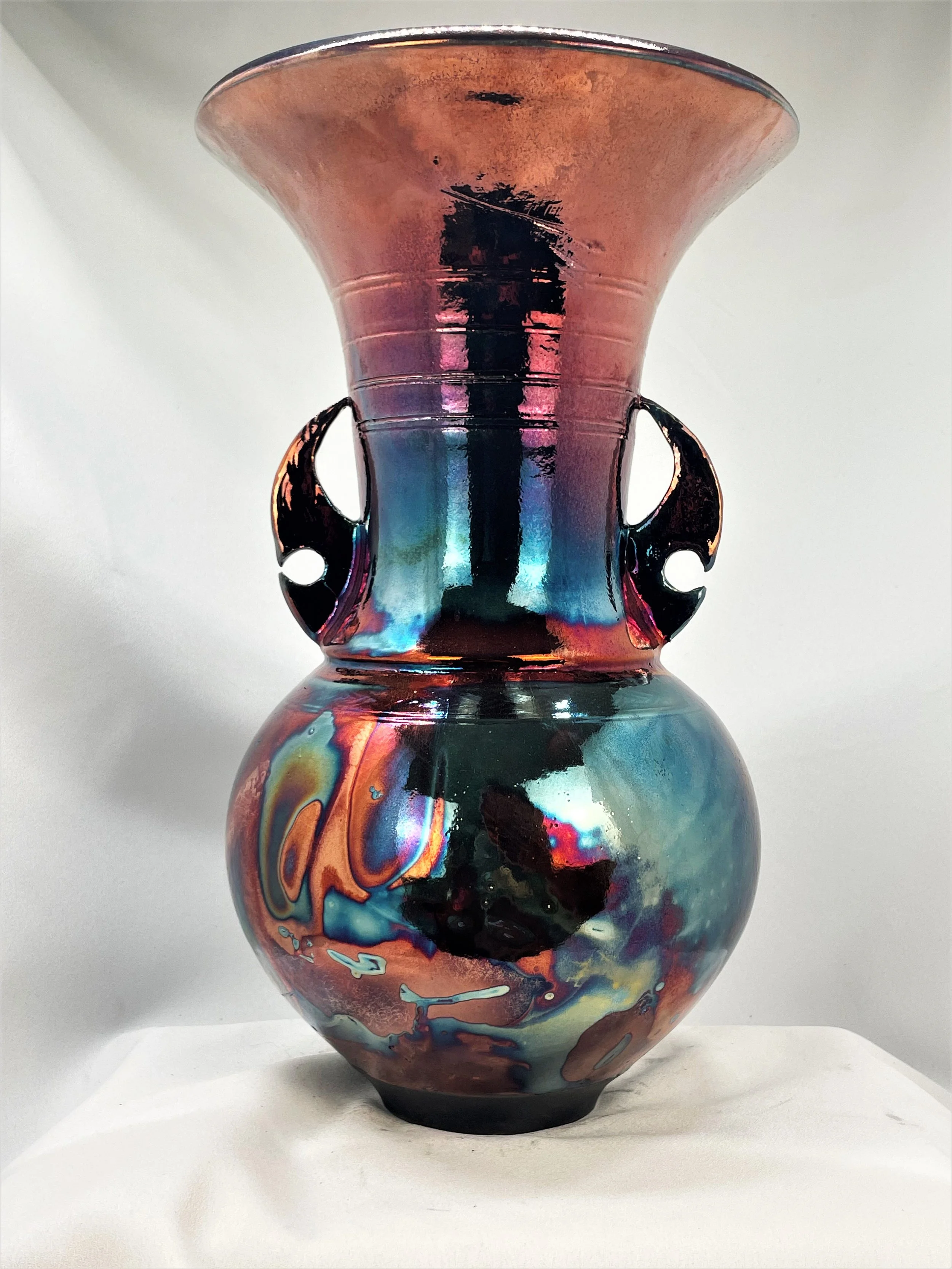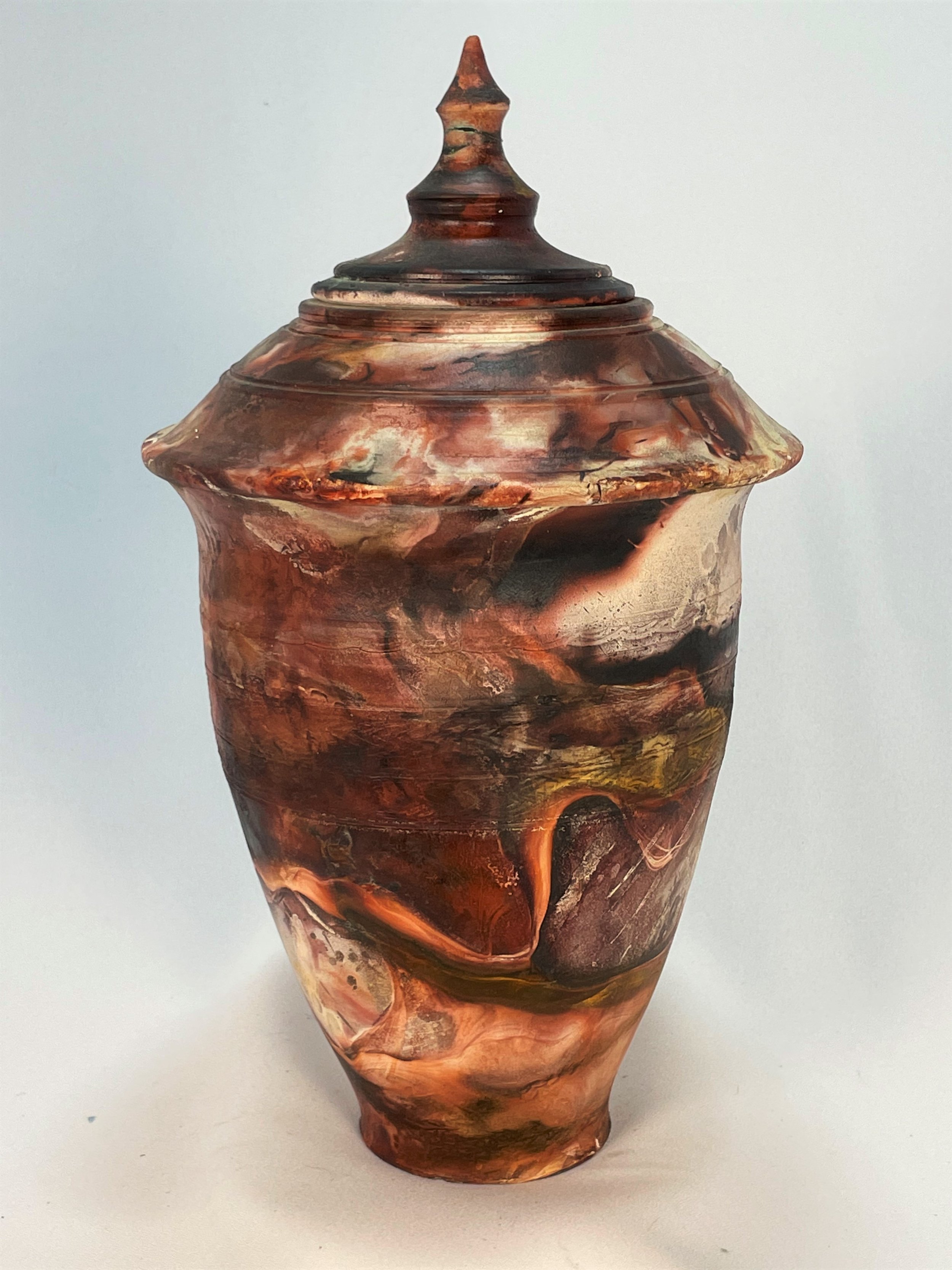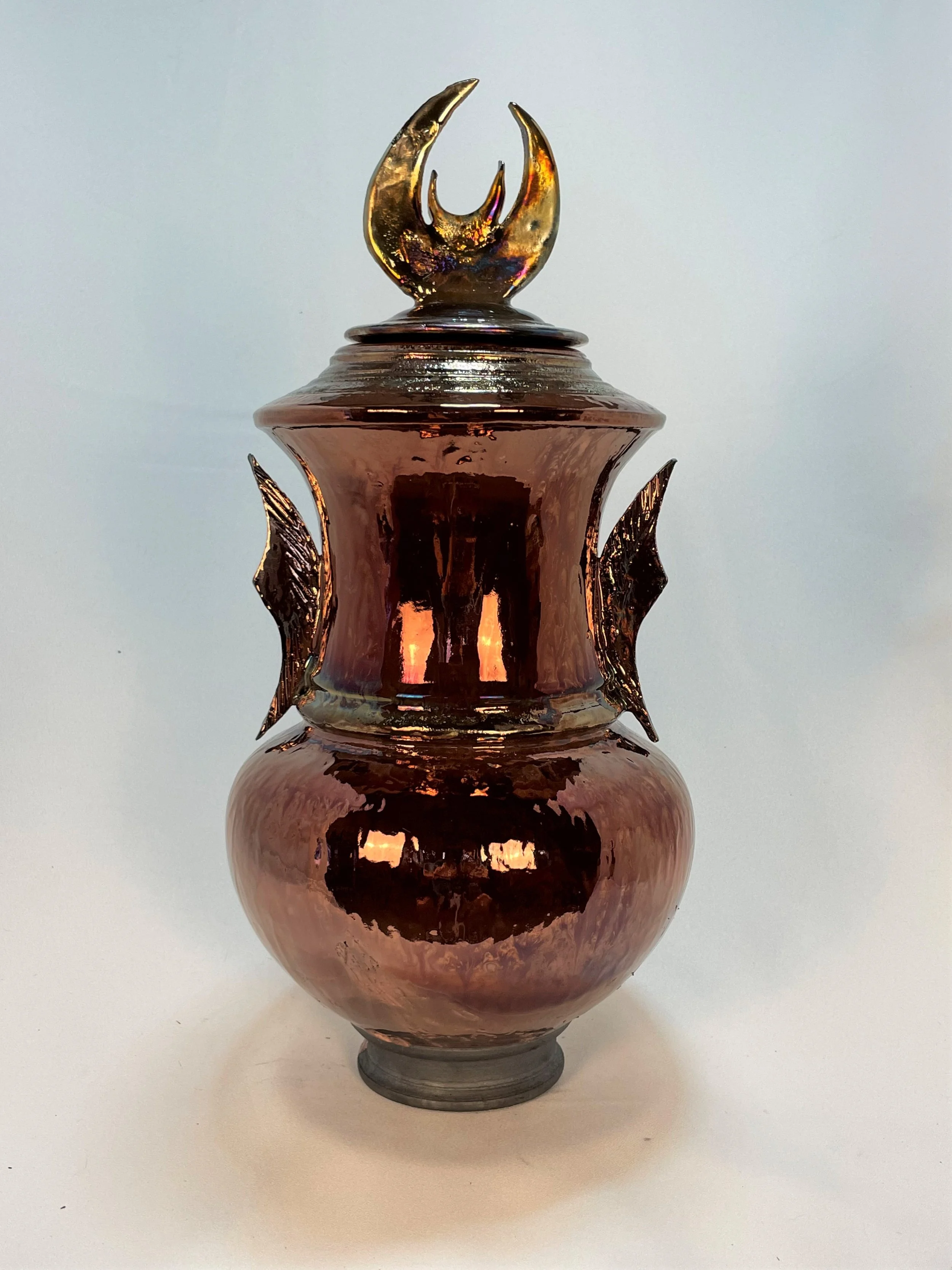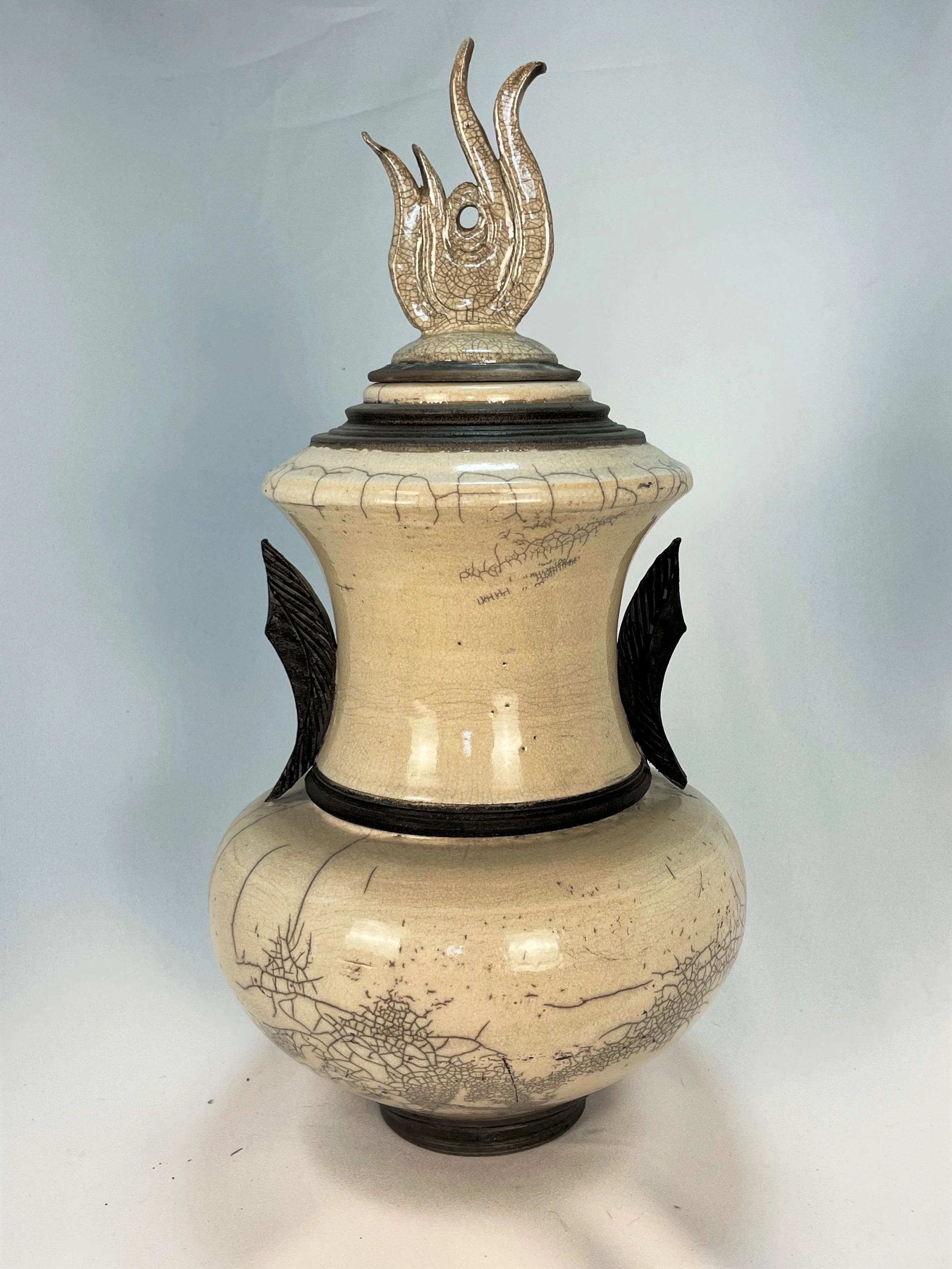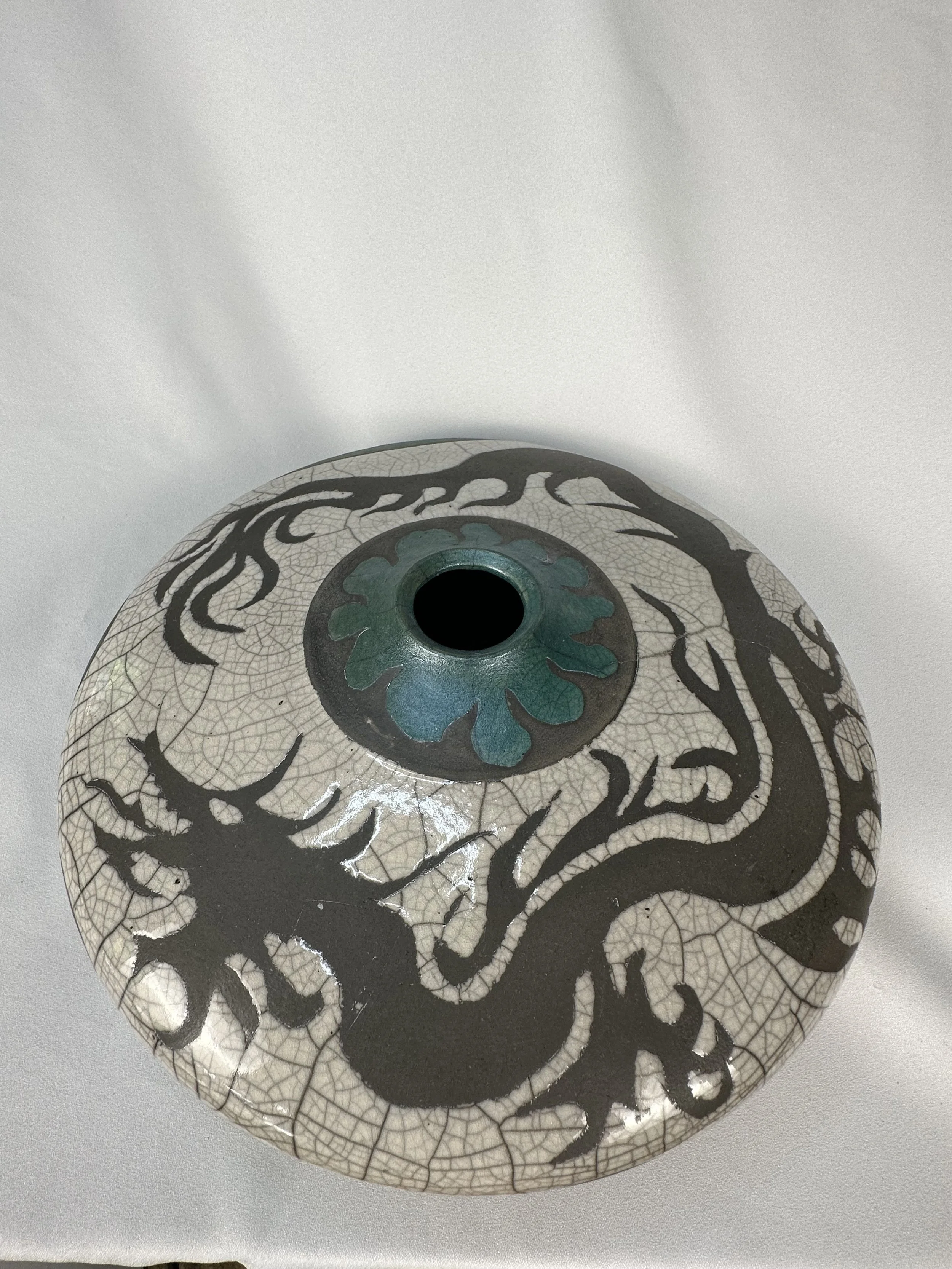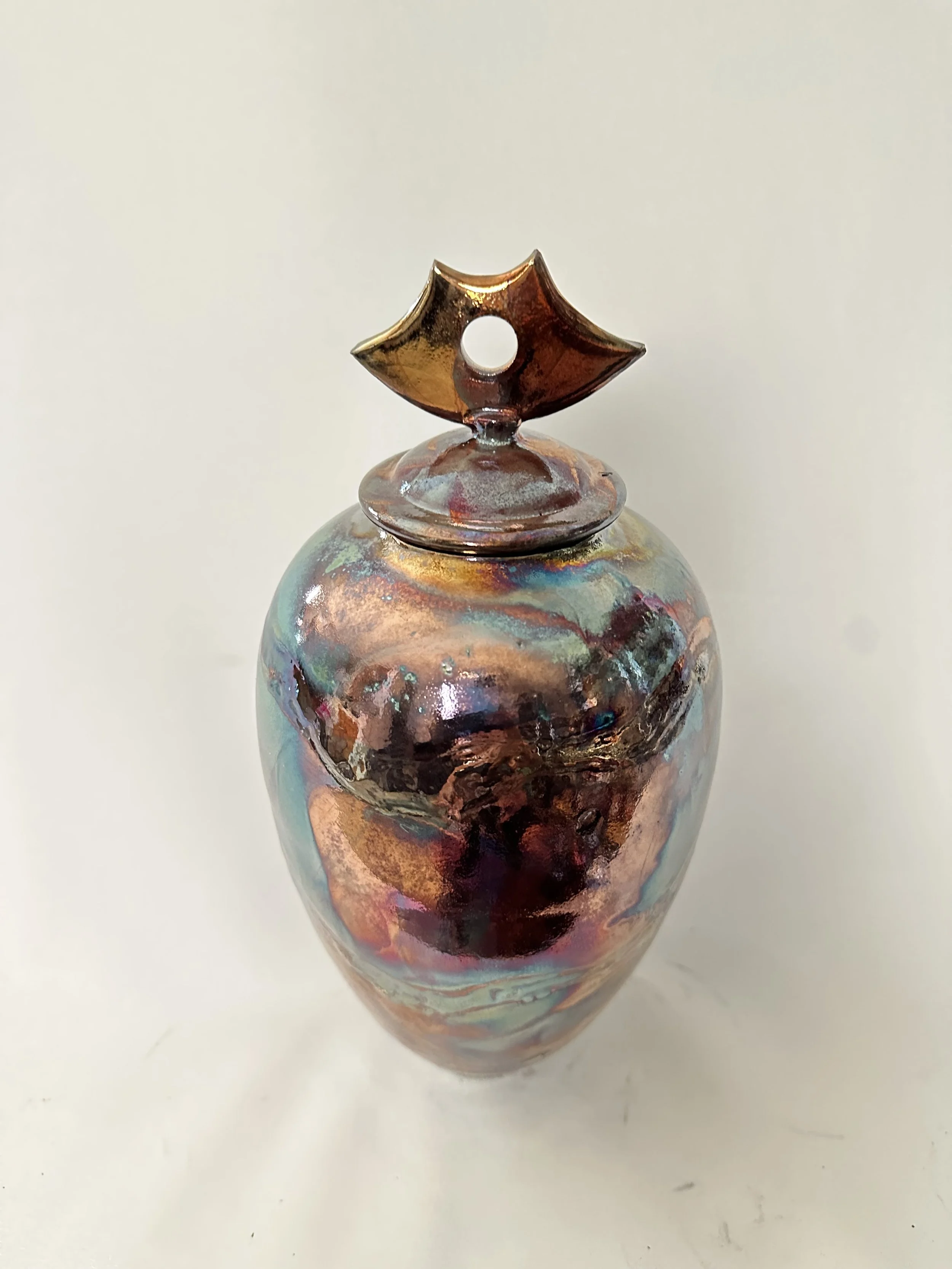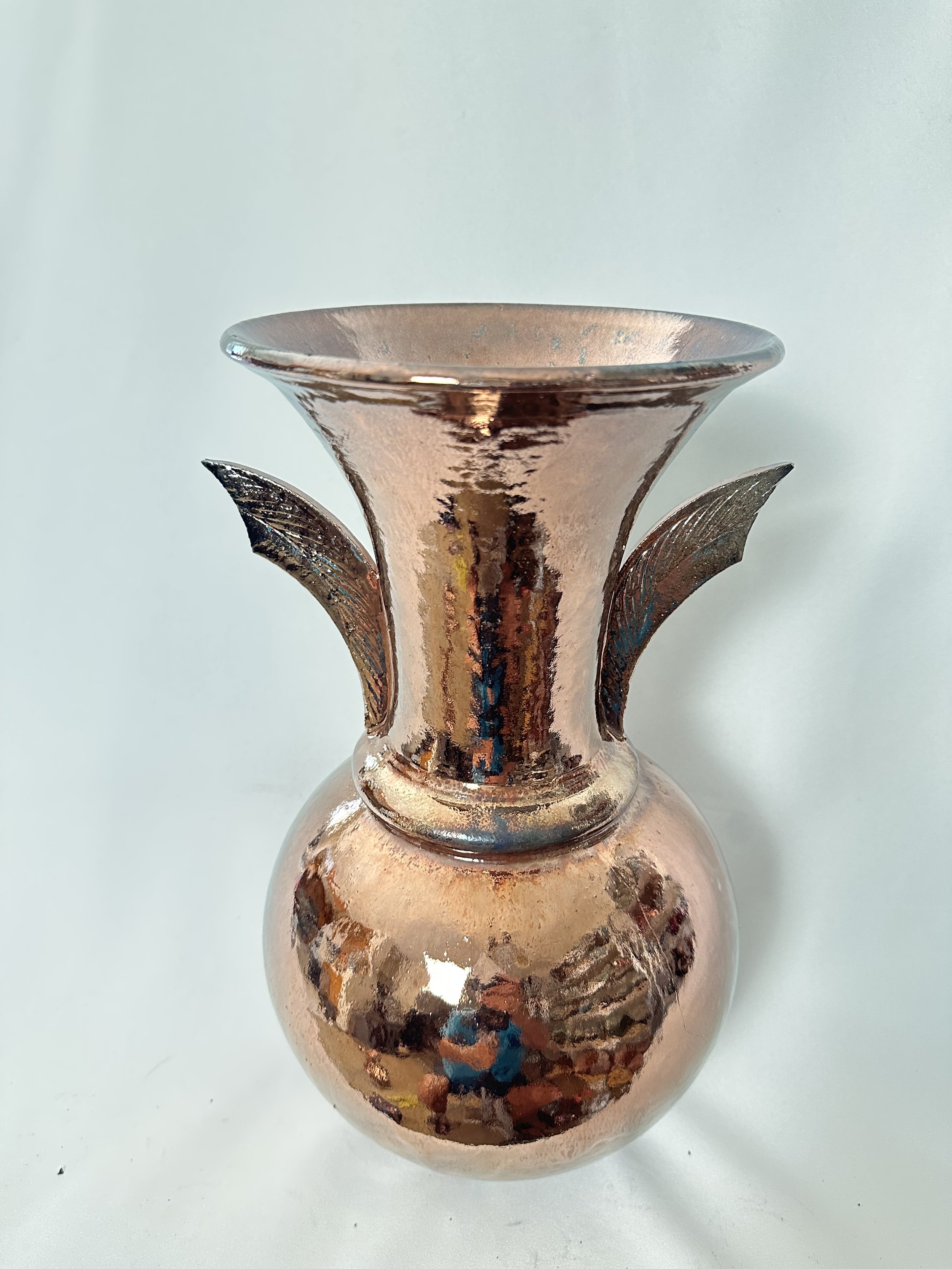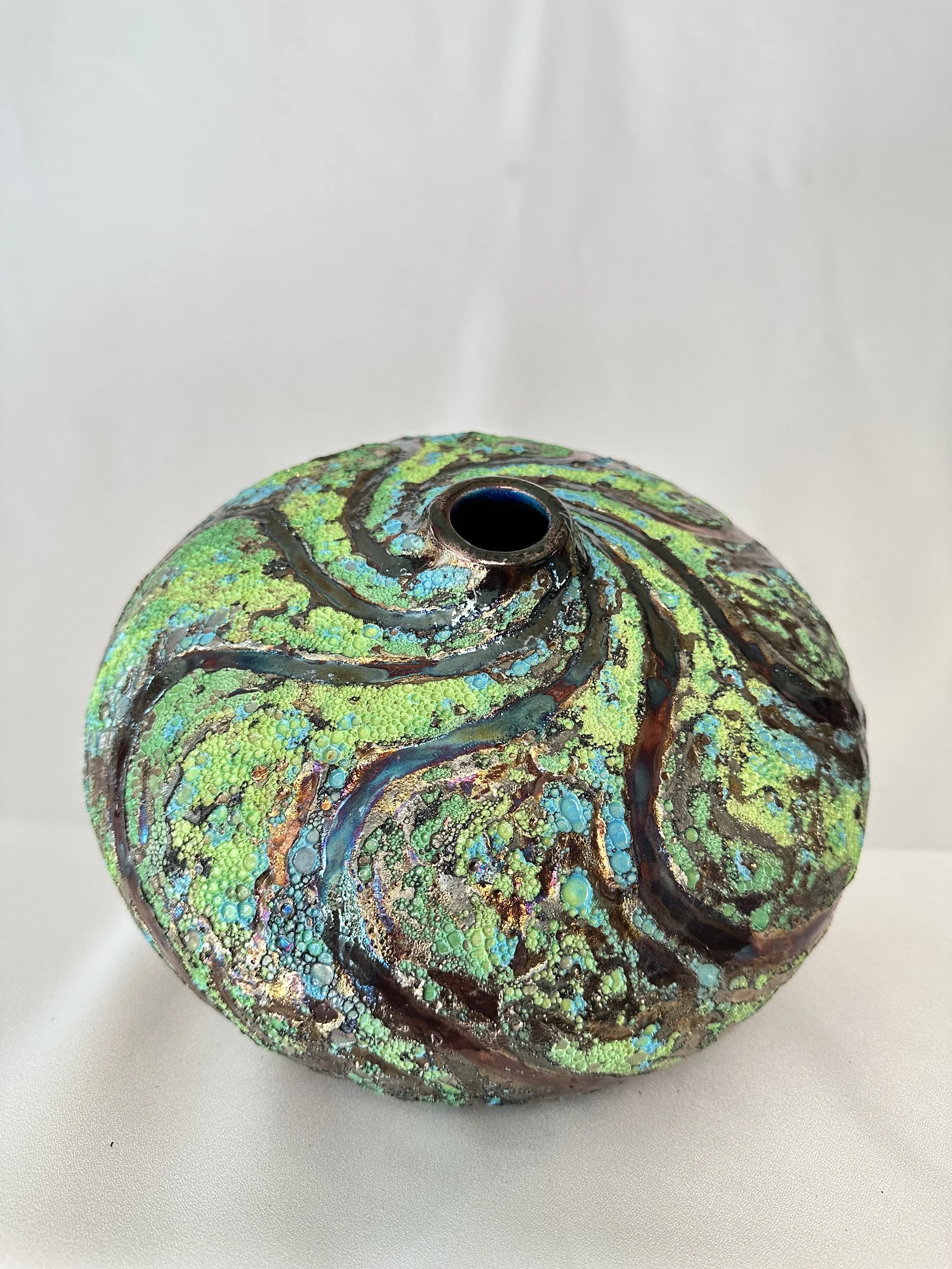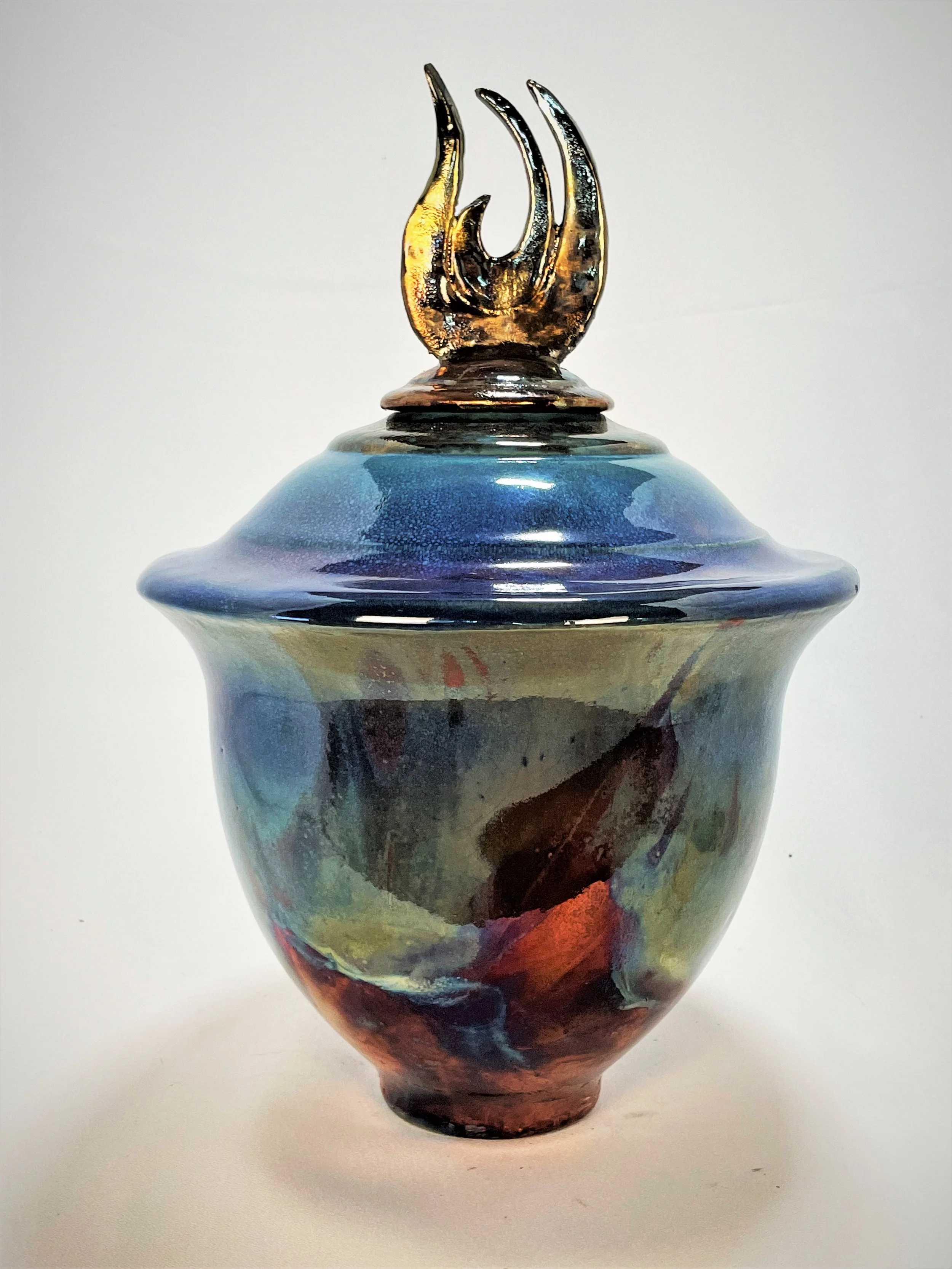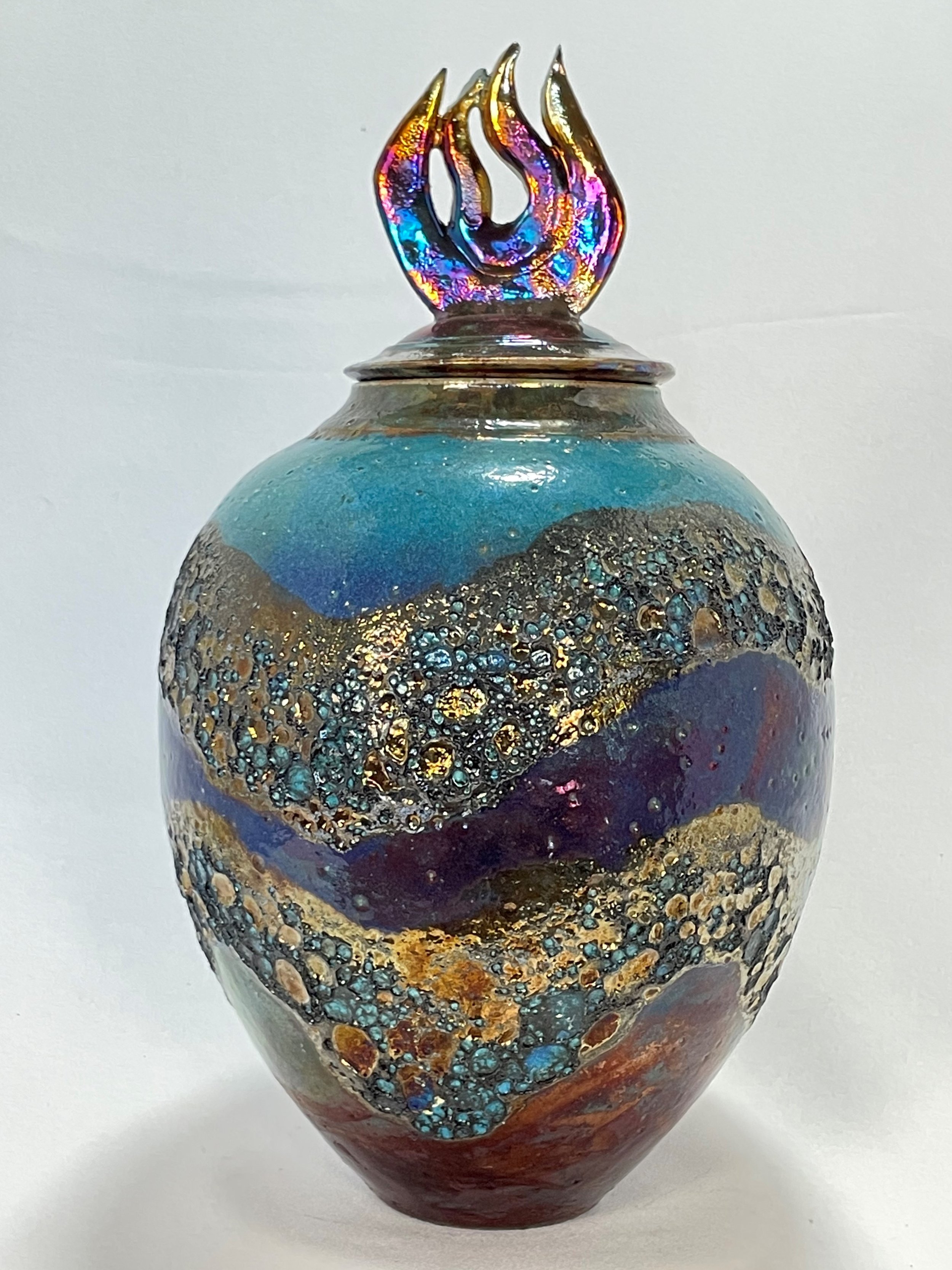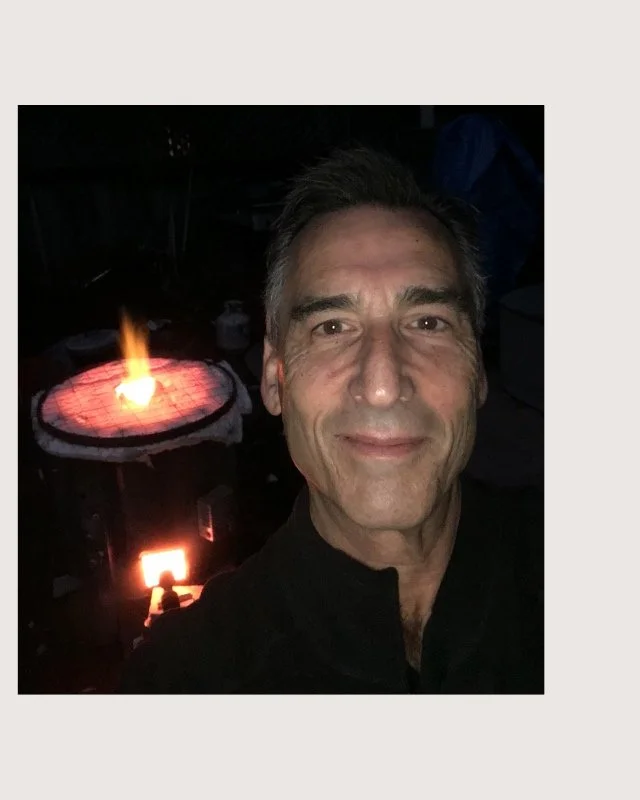Raku means Joy
Welcome to Steve Sanders Raku
Particpant in 2023 Sonoma County Art Trails, Sonoma County’s Oldest Juried Art Exhibit. Visit the Studio September 30-October 1 and October 7-8. !0 AM - 5 PM.
Beautiful Raku Pottery for Home or Office… For Yourself or Someone You Love.
The Collections
Click one of the pieces below to explore one of six Raku collections in the Shop.
If you’re interested in purchasing a piece of my work please contact me prior to purchasing and we can finalize the transaction.
My Raku
Raku literally means "Joy" or "Pleasure" in Japanese.
For me, Raku is a way to express my creativity and imagination in the dance of the Raku pottery process. I always seek to create something new, unique, and beautiful. Raku is the most dynamic and exciting type of ceramics. The results are sensitive to subtle differences in the process and so can be a complicated firing technique to control. Subtle changes to the firing or glazing process produce varied and often unexpected results. Firing Raku is also the most intimate of firing processes. With traditional stoneware pottery, the pots go into a kiln and come out on a set schedule, hidden from a potter's view. Firing raku is different. As I observe the glowing pieces in the kiln, I actively manage the firing process. I gradually raise the heat and watch the glaze bubble, smooth, or react to achieve the goal I want to produce. Raku offers limitless possibilities, constant trials, plenty of failures, and unique, surprising, and beautiful results. And plenty of adrenaline, too. It is my Raku dance.
I produce a variety of vessel forms in each style, including some that are very unique. My goal is to provide you a ceramic artistic statemen, something that stands out and captures attention to share my joy. My pieces are not small. Clay is a canvas, and larger forms lend more potential for expression and beauty. The Raku forms I create in my studio, particularly my Emperor and Empress vessels, reflect my desire to offer you something distinctive and special. Forms like these are unique in the ceramic world, and I adorn many pieces with ornamental lids as statements of originality. Each is hand-crafted, time-consuming to make, and distinctive.
When you buy a piece of my Raku, I want you to have something extraordinary that will bring you…Raku!
Each of the Raku styles shown in the COLLECTIONS section exemplifies one of the types of Raku that I produce in my studio.
To learn more about the techniques I use to produce each style and to see more examples, please click one of these links.
Or… visit my Shop now to begin your exploration of Sanders Raku to grace your home or office or to give as a gift to someone you treasure.
The Raku Process
The Raku process is unusual because it involves a quick firing, sometimes up to 2,000 degrees in approximately 30 minutes! In Raku firings, pieces experience thermal shock unlike any other form of pottery. They are quickly fired to glaze maturity, then pulled from the kiln with tongs, then rapidly cool. The unfortunate side effect of this thermal shock is far more loss to cracks with Raku than with any other ceramic firing process. Sometimes to achieve truly extraordinary results, pieces are fired several times. Once pulled from the kiln, the piece immediately goes into a container filled with newspaper or other combustible material. The glowing hot piece naturally sets this material on fire. The chamber is then closed, and without oxygen, the fire goes out, leaving the pot bathed in smoke.
The magic of Raku lies in the interaction of the smoke with the glaze at a volatile temperature. The chemical reaction called reduction, denial of oxygen brings out the metallic lusters from the glazes to produce one of many different final beautiful effects.
Every method of pottery production requires finesse and careful technique, but Raku requires far more. Subtle differences in the firing and reduction process produce different, sometimes unexpected, and often quite remarkable results. For example, many glazes contain copper in one form or another. Depending on the temperature of the piece when pulled and reduced, it may turn out blue or green and may even crackle the glaze. However, when a piece is pulled from the kiln at a high enough temperature and placed in the reduction chamber, the resulting finish may vary from bright copper to multi-colored metallic, whether shiny or matte, depending on the glaze.
There are many Raku techniques. They all produce some of the most unusual, exciting effects possible in pottery. The goal is always the same…Raku … Joy & Pleasure!



